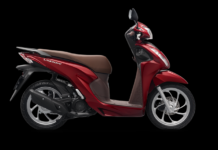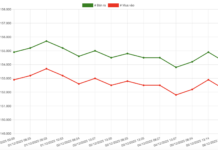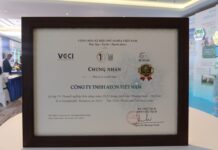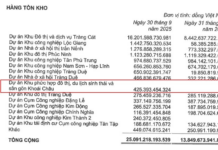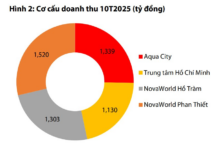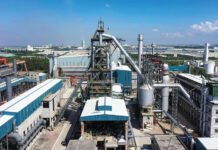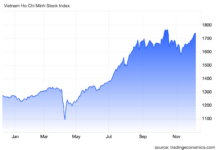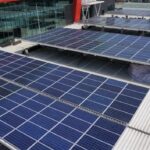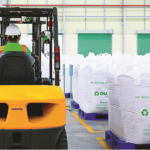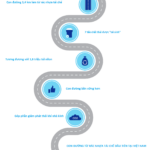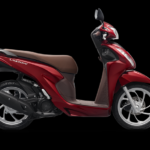A report released on October 14 by the FutuRaM alliance reveals that Europe’s “urban mine” of electronic waste contains 1 million tons of critical raw materials (CRMs) annually. Experts predict this could significantly benefit green technology, digital infrastructure, and modern defense.
The findings provide the most comprehensive data to date on the flow of electrical and electronic equipment (EEE) from sale to end-of-life across the EU27+4 region (EU, UK, Switzerland, Iceland, and Norway). Across Europe, millions of tons of discarded devices are proving to be one of the continent’s most valuable untapped resources, primarily consisting of rare earth elements in magnets and fluorescent powders.
Jessika Roswall, EU Commissioner for Environment, Oceans, and Fisheries, stated: “Europe relies on third countries for over 90% of critical raw materials but recycles only 1% of them. We need a fundamental shift in how Europe collects, dismantles, and processes its rapidly growing e-waste into a new resource.”
“Trade disruptions, for various reasons, expose Europe’s vulnerabilities. Recycling is both an environmental imperative and a strategic necessity,” Roswall added.
A Mountain of Materials
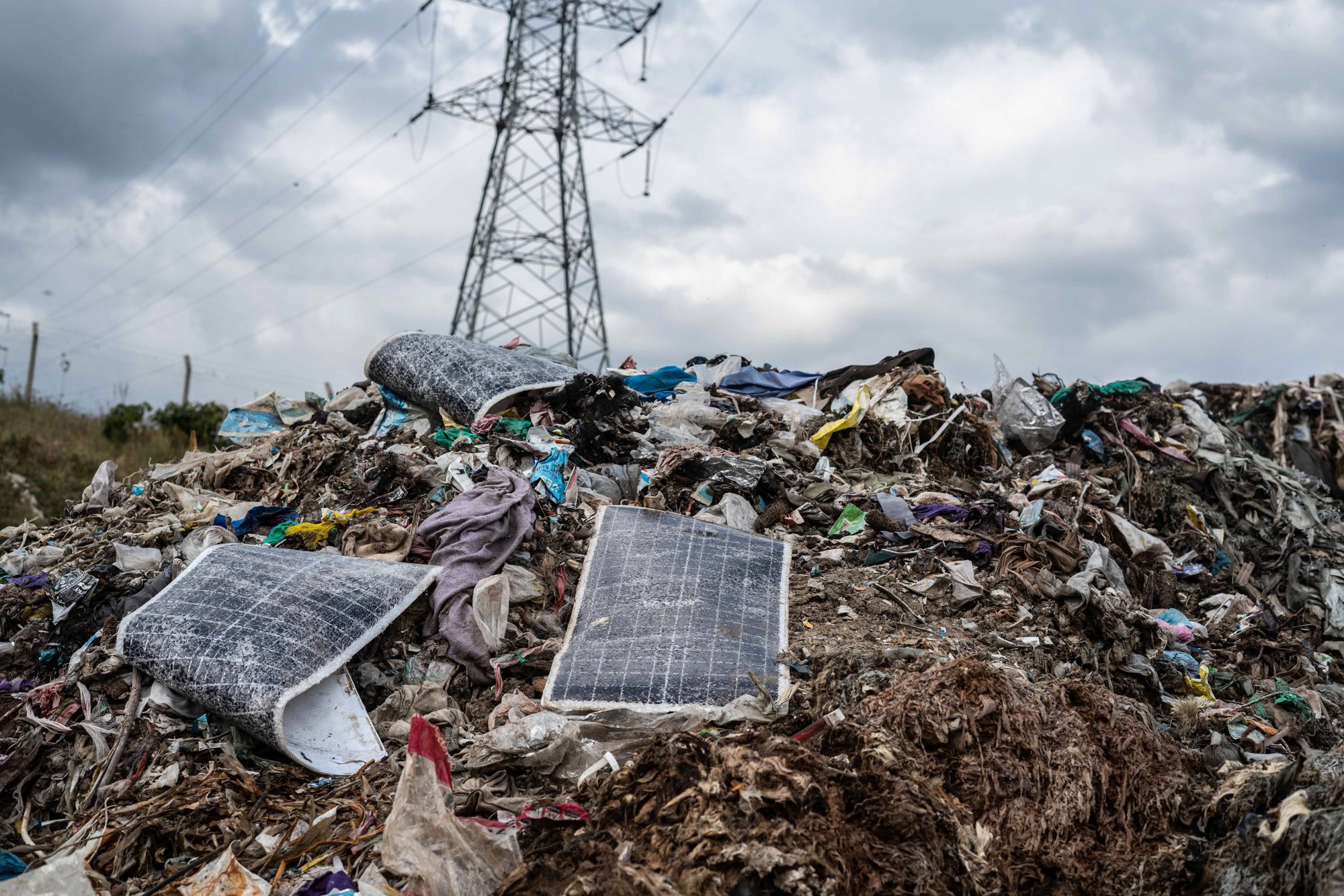
In 2022 alone, Europe generated a staggering 10.7 million tons of e-waste—approximately 20 kg per person. Of this, 54% was managed in compliance with regulations, while 46% (5 million tons) disappeared into non-compliant channels, including landfills, incinerators, or mixed metal scrap. This results in significant losses of valuable materials.
From properly managed e-waste, approximately 400,000 tons of CRMs were recovered, including substantial amounts of copper (162,000 tons), aluminum (207,000 tons), silicon (12,000 tons), tungsten (1,000 tons), and palladium (2 tons).
However, nearly 100,000 tons of valuable materials are still lost through current recycling systems.
The report projects that total waste from electrical and electronic equipment (WEEE) could rise to 12.5–19 million tons annually by 2050. Simultaneously, CRMs are expected to increase to 1.2–1.9 million tons per year. In terms of recovery potential, this could reach over 1.5 million tons of CRMs annually by 2050.
Pascal Leroy, Director General of the Brussels-based WEEE Forum, noted: “It’s hard to imagine modern civilization without critical raw materials.”
“Without them, we cannot manufacture batteries, turbines, chips, or cables—the foundations of Europe’s green and digital future. By harnessing e-waste, Europeans have a unique opportunity to build their own circular supply chains, mitigate global shocks, and secure our future,” Leroy added.
Solar Panels: The Top E-Waste Category by 2050
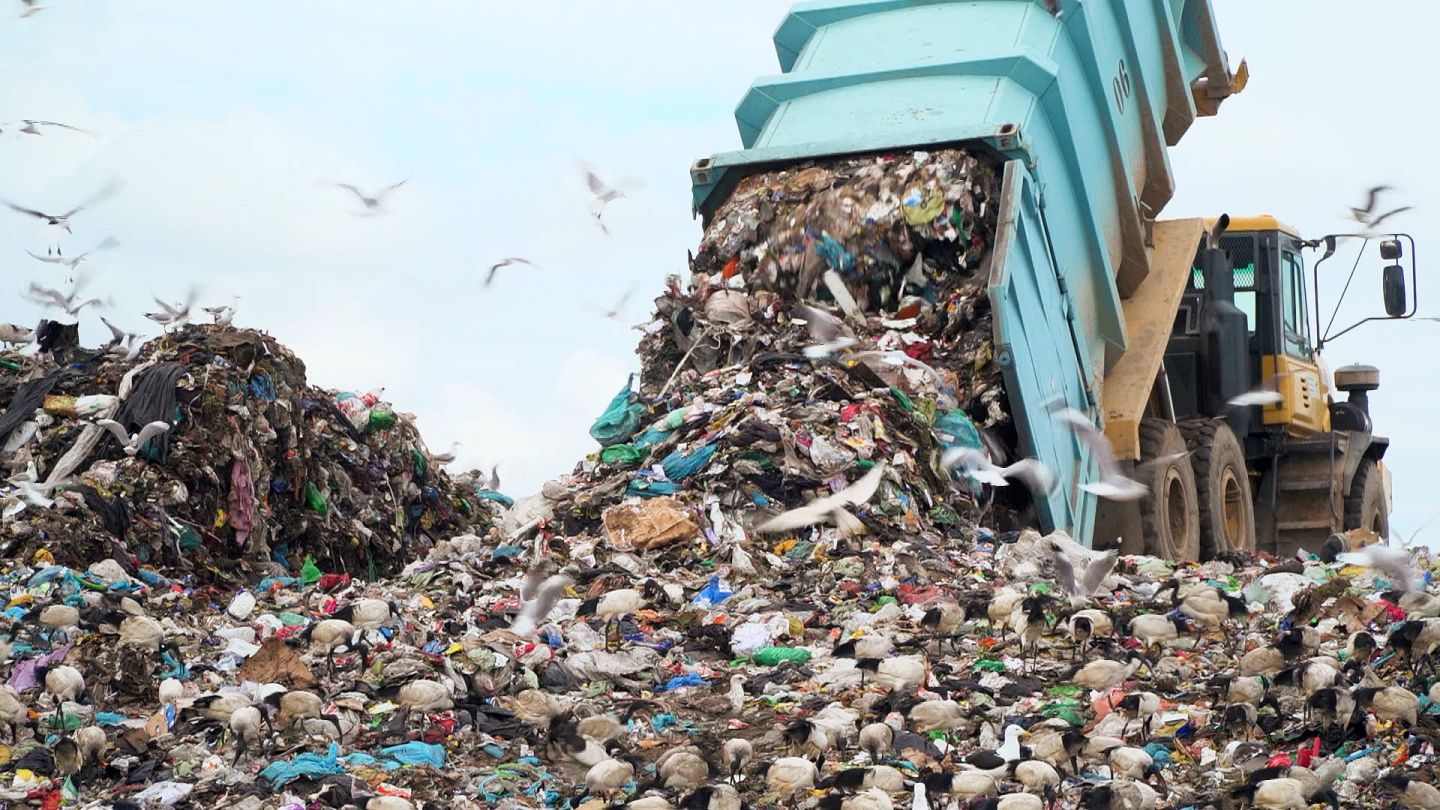
The fastest-growing e-waste category by 2050 is projected to be solar panels, surging from 150,000 tons in 2022 to 2.2 million tons. This underscores the need for advanced recycling solutions to recover silicon, silver, and rare metals essential for Europe’s energy transition.
Key categories like large appliances (washing machines) and small devices will also see significant growth. Europe aims to boost CRM recovery from e-waste through a five-pronged strategy.
The program’s goals include increasing collection rates to gather more compliant e-waste, ensuring products are designed for easy disassembly, and strategically targeting material-rich components for extraction. Additionally, Europe seeks to enhance advanced recycling capacity and use policy to align financial incentives with recovery goals.
Kees Baldé, Senior Scientific Specialist at UNITAR SCYCLE, remarked: “Europe’s e-waste is not waste but a billion-euro resource waiting to be tapped.”
The lead researcher added: “Every kilogram we recover and every device we repair strengthens the economy, reduces dependency, and creates new jobs.”
These findings will directly inform Europe’s evolving policy framework, including the Critical Raw Materials Act, the upcoming Circular Economy Action Plan, and revisions to the WEEE Directive (EU policies on electrical and electronic waste).
Why Rooftop Solar Installation Requires Notification: Insights from the Head of the Electricity Authority
Farmers grappling with high investment costs can find solace in the Director of the Electricity Department’s compelling reasons to embrace rooftop solar power installation without delay.
Unlocking Circular Economy: Recycling as the Key, Says Vietnam Plastics Association Chairman
For years, plastic has been widely regarded as a primary culprit of environmental pollution. However, according to Đinh Đức Thắng, Chairman of the Vietnam Plastics Association, when properly managed, plastic can transform into a vital renewable resource. This not only conserves energy but also reduces emissions and supports green growth objectives.
Global Packaging Leader Champions Circular Economy Initiatives in Vietnam
Recently, Tetra Pak unveiled its Sustainability Report for the 2024 fiscal year (FY24), highlighting a 25% reduction in greenhouse gas (GHG) emissions across its entire value chain since 2019, with a further 5% improvement achieved since 2023.

